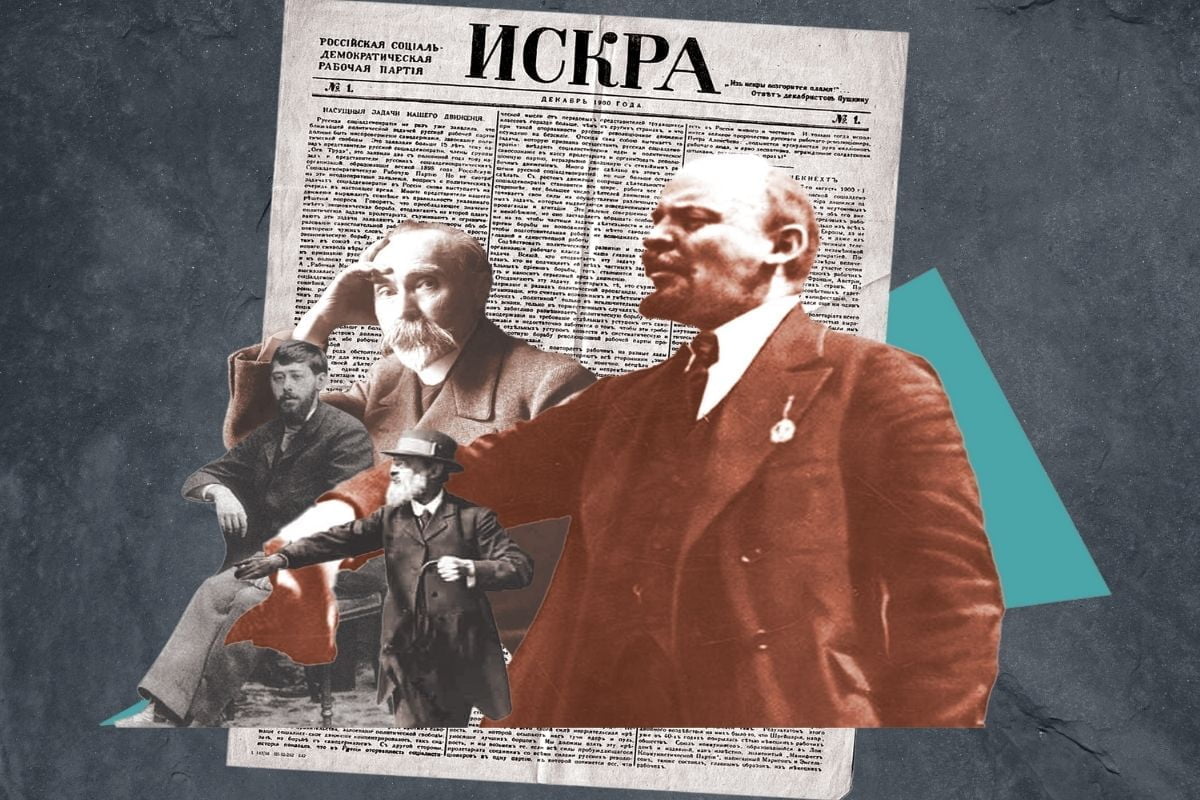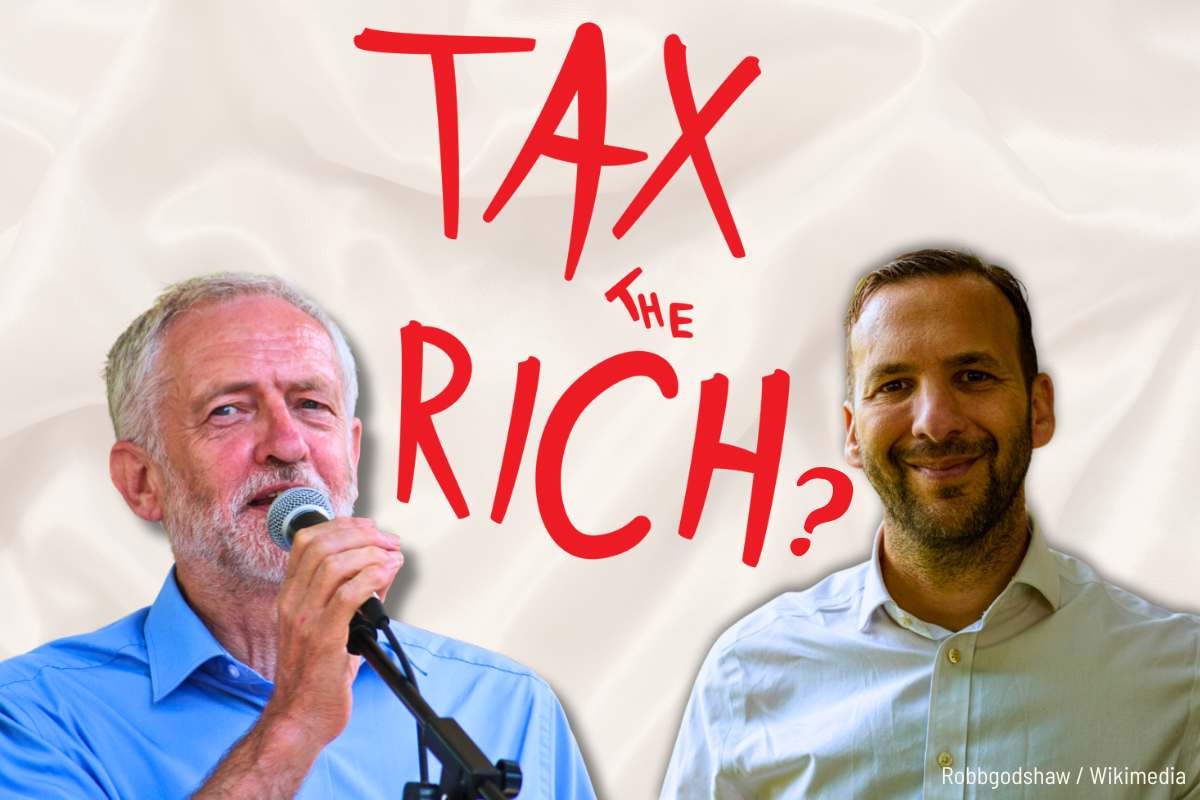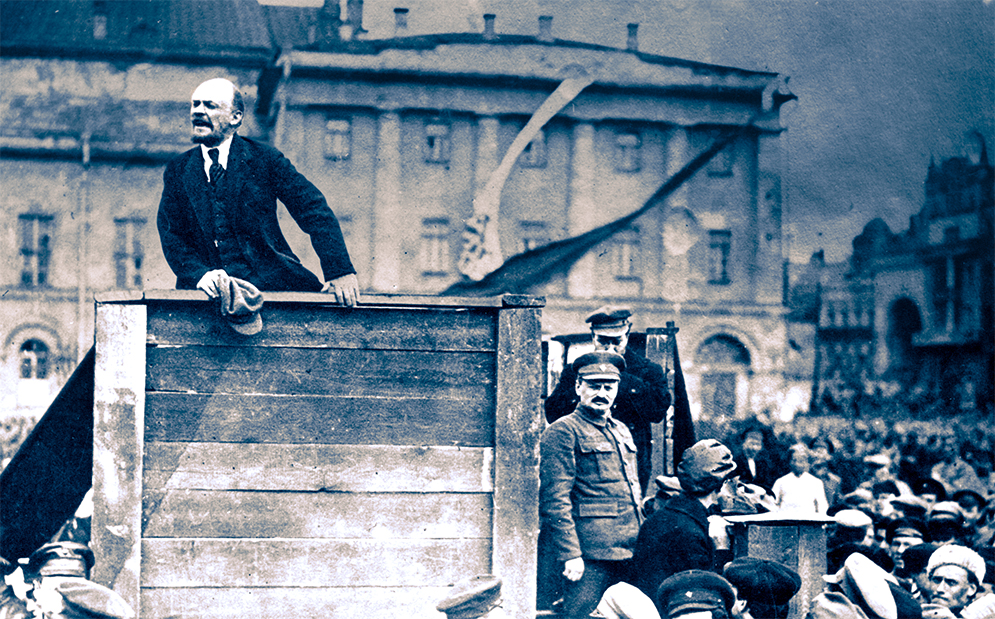The history of Bolshevism has many vital lessons for today’s activists – both workers and youth – and deserves serious study. Within this history, the second congress of the Russian Social Democratic Labour Party (RSDLP), held in 1903, has a special significance, as it is where the famous split took place between the majority (Bolsheviks) and minority (Mensheviks).
There have been many myths built up around this congress, however, so it is important to understand what really happened.
The 1903 congress can be considered the founding congress. The first congress took place in 1898, but most of the delegates were arrested within a short space of time. Apart from issuing a manifesto, it was still-born. All that remained consisted of scattered groups, loosely organised, but no unified party.
In the previous twenty years, various underground groups, or ‘circles’, had sprung up in Russia. In 1883, a small group was established in exile by Plekhanov, called the ‘Emancipation of Labour Group’. This produced propaganda and laid the theoretical foundations for Russian Marxism.
In 1895, Lenin established a group in St Petersburg called the ‘League of Struggle for the Emancipation of the Working Class’. However, Lenin was soon arrested and exiled to Siberia. On his release, he went abroad to meet with Plekhanov. After discussions, they agreed to join forces and launch an all-Russian Marxist newspaper, called Iskra.
Laying the foundations

Iskra was launched in December 1900 – published in Germany, and smuggled illegally into Russia, where a system of agents had been established. From July 1902, given the pressure from the authorities, they were forced to move the printing of the paper from Germany to London, then later to Geneva.
Apart from Iskra, there were other tendencies operating within the social-democratic circles in Russia. One was the ‘economists’: an opportunist grouping that had grown in influence, and which laid heavy emphasis on trade union struggles and played down politics.
In effect, this policy meant abandoning the political field to the bourgeois liberals. Rather than providing clarity, these groupings held back the emerging movement in Russia.
Iskra was established to fight for genuine Marxism and combat such opportunism, with the aim of creating a firm theoretical basis for the revolutionary movement. Lenin and Plekhanov saw their main role as engaging in this fight against revisionism, similar to the fight against Bernstein in Germany.
This work of Iskra played a decisive role in creating the foundations for the revolutionary party. Lenin played the key role with his works What is to be Done? and Where To Begin, which helped to educate and train the young party cadres.
In What is to be Done?, Lenin demolishes the arguments of the ‘economists’, who favoured ‘spontaneity’. However, Lenin later admitted that he ‘bent the stick’ in saying – mistakenly – that the working class was only capable of trade union consciousness. He borrowed this false idea from Kautsky, which he never repeated again.
The main thrust of Lenin’s book, however, was aimed at breaking from the amateurism of the ‘circles’ and building a serious revolutionary party based upon professional revolutionaries.
By 1902, after two years of constant struggle and consistent work, Iskra emerged as the dominant tendency in Russia.
In this period, Lenin gave serious consideration to the movement, including the future composition of the Iskra editorial board. As it was currently composed, this board lagged behind the situation. The bulk of the editorial work was being done by Lenin, Martov, and Plekhanov, while the others did very little, if the truth is to be told. It was time for a shake-up.
The centre of this ‘shake-up’ was the holding of a new congress, which would lay the real basis for the party. In preparation for this congress, the Iskra editorial board published a draft party programme for consideration.
Second congress
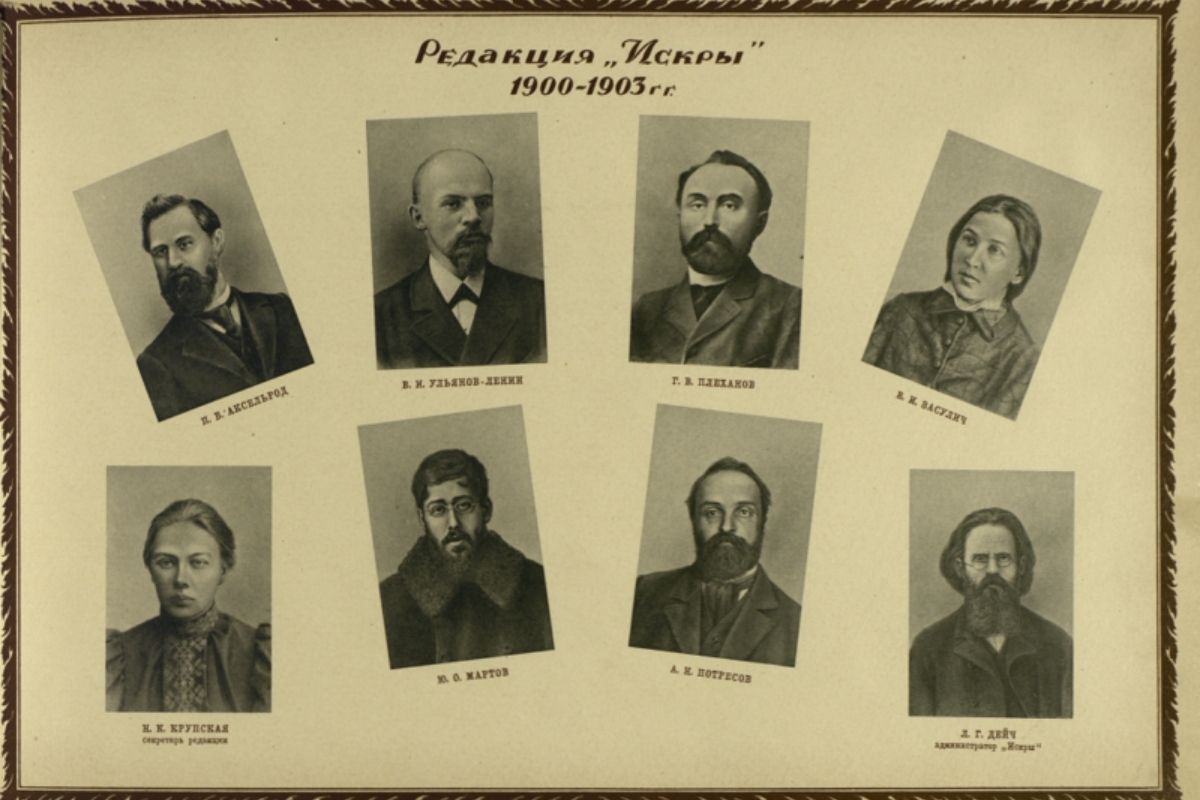
Finally, in 1903, after much work, a new congress of the RSDLP was finally organised in July-August of that year. The previous period of ideological clarification had borne fruit. Although there were a few supporters of the ‘economist’ trend present at the congress, the majority of delegates from the local groups were supporters of Iskra.
Given the illegal conditions in Russia, the congress had to be held in Brussels – an enormous feat given the logistical difficulties entailed.
When the second congress opened, there were 42 delegates in attendance with full voting rights, and another 14 with consultative votes.
The Rabocheye Dyelo, the paper of the ‘economist’ trend, had three representatives, reflecting their sharp decline. The Jewish Bund organisation, which had joined at the first congress, had five delegates. Those regarded as non-aligned, meanwhile, ‘the swamp’ according to Lenin, had six supporters. Most impressive, the united block of Iskra delegates were in the majority with 33 delegates.
The congress opened amid great excitement, with Plekhanov, the renowned father of Russian Marxism, presiding in the chair. He opened the proceedings with the words:
“It is joyous to live at such a time…one wants to live, in order to go on fighting. In this lies the whole meaning of our lives.”
He added: “Twenty years ago we were nothing, now we are a great social force.” (Minutes of the 1903 Congress, pp.27-28)
Federalism
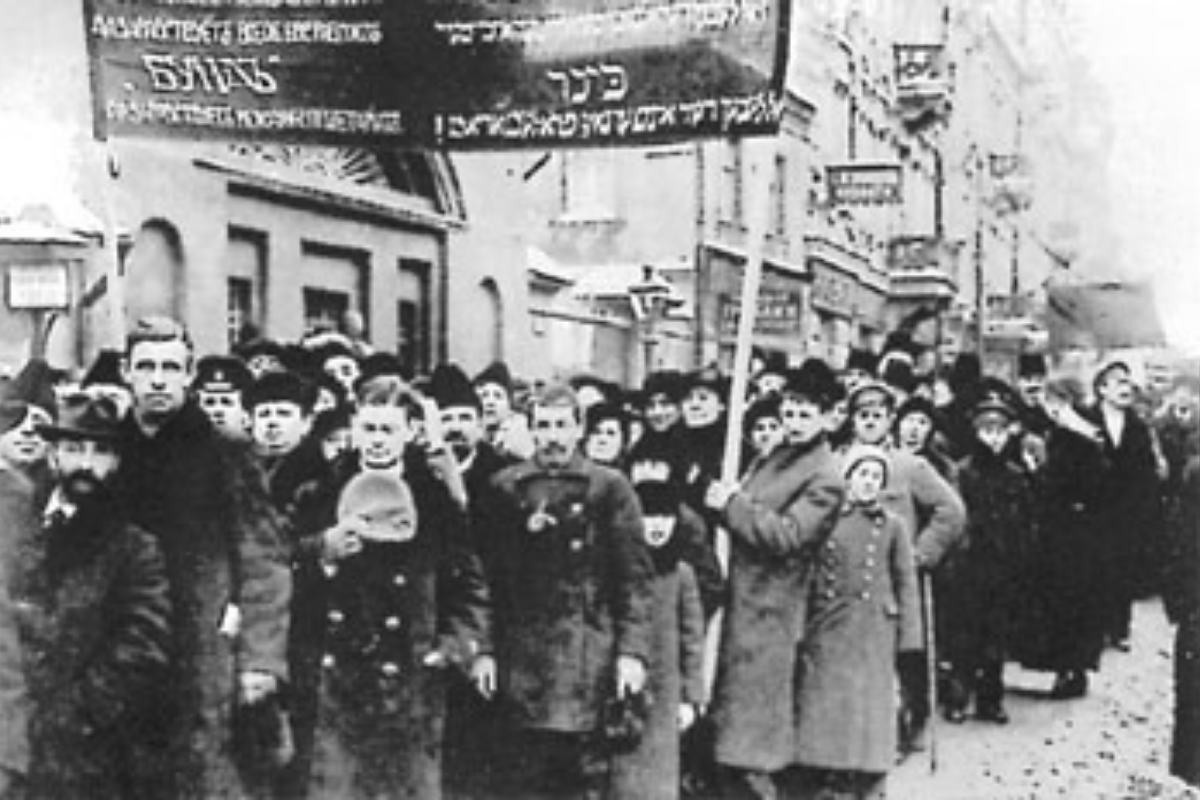
The first major point of contention at the congress was over the status of the Bund, which had joined the party at the first congress in 1898. The Bund argued that Jews constituted a separate nation. They were therefore only prepared to remain part of the RSDLP as an autonomous organisation, as the representative of Jewish workers not only in Russia, but everywhere. This led to a fierce polemic over the very nature of the party.
Fears were expressed that this federalist idea of the Bund, if adopted, would reinforce backward nationalist prejudices, which would herald the death of the party as envisaged. While the Bund could be responsible for certain decisions and tasks within the party, it should not be separate.
As Lenin explained, reflecting the views of Iskra:
“‘Autonomy’ under the rules adopted in 1898 provides the Jewish working-class movement with all it needs: propaganda and agitation in Yiddish; its own literature and congresses; the right to advance separate demands to supplement a single general social-democratic programme, and to satisfy local needs and requirements arising out of the special features of Jewish life.”
He continued, however: “In everything else there must be complete fusion with the Russian proletariat, in the interests of the struggle waged by the entire proletariat of Russia.”
Not only did the Iskra oppose the Bund’s federalist approach, but so did everyone else, with the exception of the five Bund delegates.
Clash
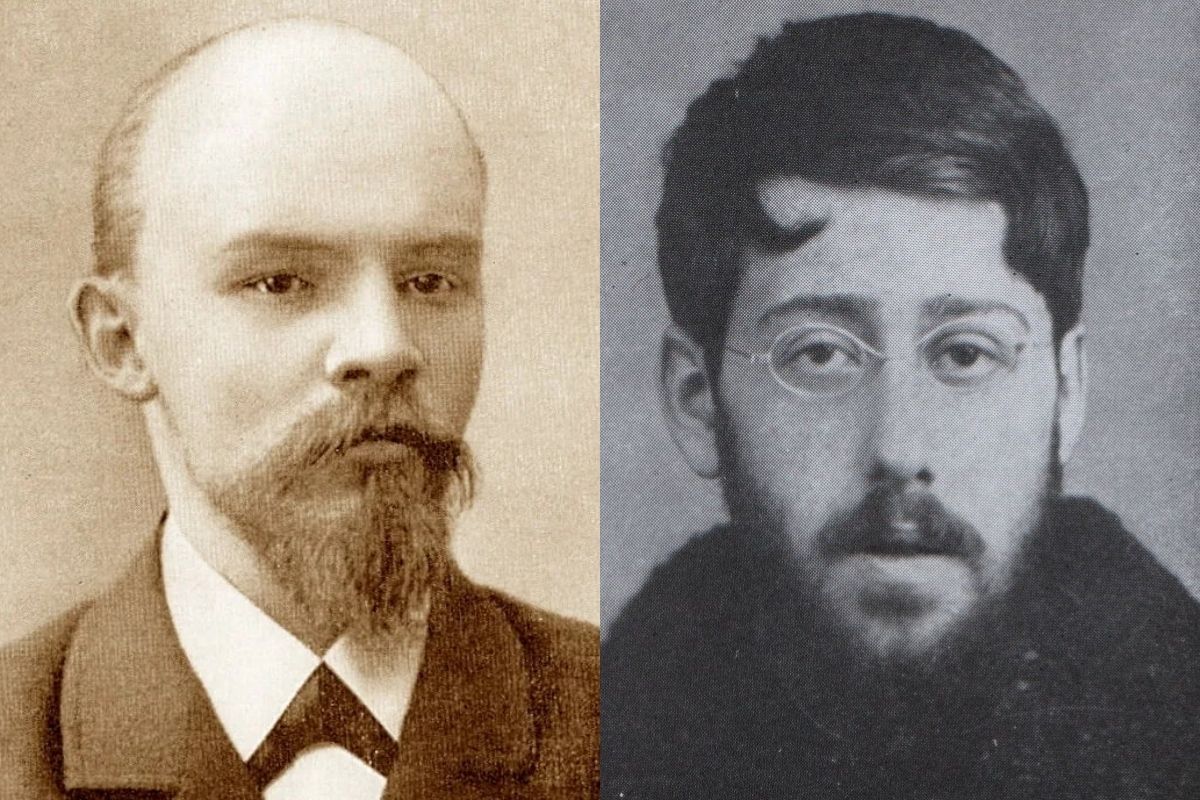
This was followed by a discussion about the party programme, which had been drafted by Iskra. This stirred up a lot of discussion where clarifications were sought, but little in the way of real controversy, apart from the objections from the small group of ‘economists’.
The ‘economist’ representatives, Martynov and Akimov, used the occasion to criticise Lenin’s What is to be done? Lenin intervened and explained the book “was indeed an episode in the struggle against economism”, in which, in order to straighten things out, he made no apology for “bending the stick” in the other direction.
In the end, differences were clarified and the programme was adopted with only one abstention. In practice, this reflected the political weight of Iskra within the congress, which remained completely united, apart from on some minor points.
Everything proceeded quite smoothly until the 22nd session, where this unity in the Iskra delegation suddenly broke down.
This breach took place over the wording of the party rules, which was to have unforeseen consequences. Specifically, a row took place over paragraph one of the rules, which dealt with the criteria of “who is a member?”
The open differences and the heat generated by the argument came as a complete shock. From this clash, it was apparent that two tendencies were beginning to crystallise within the Iskra camp. Two different drafts on membership were put forward separately by Lenin and Martov.
Lenin’s draft proposal stated: “A member of the RSDLP is one who accepts its programme and supports the party both financially and by personal participation in one of the party organisations.”
Whereas Martov’s draft argued that a member was someone who accepted the programme, supported the party financially and “gives the party his regular personal cooperation under the direction of one of the party organisations.”
Opportunist pressures
On the surface, there doesn’t seem to be a great deal of difference between the two positions – certainly nothing fundamental. But to understand what was happening, we need to look behind the two propositions.
Wrongly, it has been argued that Lenin stood for a small centralised party, whereas Martov was for a broad-based democratic party. In fact, all the supporters of Iskra stood for a strong centralised party, which was precisely the argument they had used against the Bund’s federalism.
In the debate, it was Axlerod who revealed what laid behind the dispute, when he referred to certain professors having difficulty in accepting Lenin’s proposal. It was not the recruitment of workers that was the problem, but how the petty-bourgeois intellectuals would view it. Martov’s proposal, in essence, reflected the pressure of this petty-bourgeois milieu; an alien pressure on the workers’ party.
While Lenin wanted to restrict membership to genuine revolutionaries, Martov wanted to open up the party to broad sympathisers – mainly the intellectuals. If adopted, this would allow these layers to dominate and act as a transmission belt for opportunist pressures into the party.
Lenin recognised these dangers, but he also recognised that it was not a life and death question. He warned, however, that adopting Martov’s proposal would open the door to all the elements of vacillation and opportunism. He regarded it as a retreat back to the confusion of the past.
Lenin lost the vote 28 votes to 23 over the rule, when the five Bund delegates, three ‘economists’, and those from the ‘centre’, voted with Martov’s supporters. This block of votes gave Martov and his supporters a majority in the congress, which dominated the proceedings thereafter.
Lenin then found himself in a minority until, unexpectedly, the 27th session of the congress.
The young Leon Trotsky, who was an ardent supporter of Lenin, now sided with Martov. He was to break with Martov the following year. Plekhanov, who later went over to Martov, now supported Lenin. This shows that the lines of demarcation were still very confused.
‘Hards’ vs ‘softs’
It is alleged that Bolshevism emerged, fully formed, from the 1903 split. But this is not true. There was certainly a division between ‘hards’ and ‘softs’, as they were called, which reflected an anticipation of future developments, but nothing more.
“At the 1903 congress Lenin’s supporters narrowly lost the initial vote on the nature of the revolutionary party,” explained Peter Frost in the Morning Star (Was the Revolution planned in London?).
“Lenin led the Bolsheviks who argued for a tightly centralised and disciplined communist party. The Mensheviks favoured a softer position of a looser alliance with other sympathetic, if less revolutionary forces.”
This version is one of the great myths perpetrated by Stalinist and bourgeois historians alike. For Lenin, Martov, and the supporters of Iskra, there were no differences over the nature of the party. On political questions, there was virtual unanimity. They all agreed that the RSDLP was to be modelled on the mass social democratic parties of France, Belgium, and above all Germany, led by Kautsky and Bebel.
Lenin actually intervened in the congress and explained: “I by no means consider our difference so vital as to be a matter of life and death to the party. We shall certainly not perish because of an unfortunate clause in the rules!” (LCW, vol.6, p.499)
For months after the congress, Lenin attempted to reach an agreement with the minority. When Krupskaya mentioned the possibility of a permanent split, Lenin replied: “That would be too crazy for words.”
So much for Lenin’s fight against the Mensheviks for a “centralised and disciplined communist party” in 1903!
Split
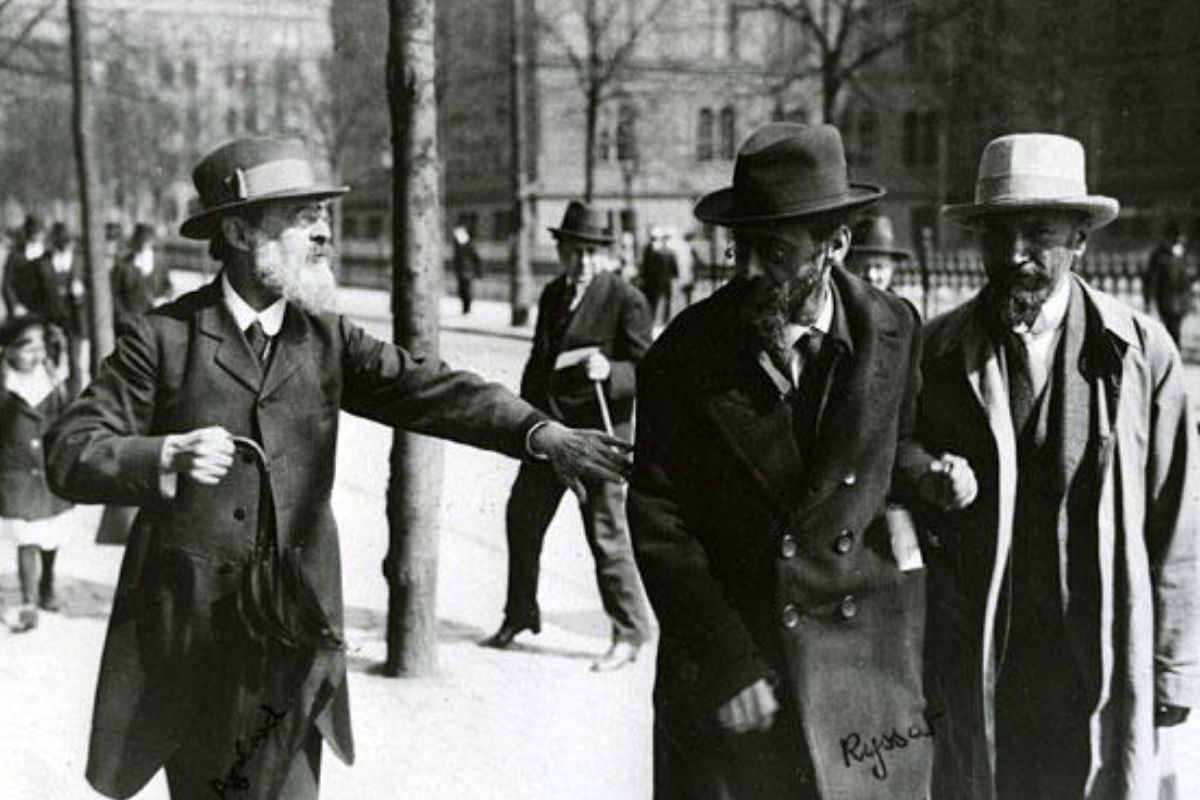
The congress went on to debate the future central organ of the party and decided that Iskra would become the official organ. This was then followed by a discussion over the composition of its editorial board.
Again, the discussion became very agitated and heated. Lenin had proposed that the editorial board be made up of three members – namely Plekhanov, Lenin and Martov. This excluded those three previous editors who were least involved.
This was an attempt to move on from the old circle mentality, and to put the party on a professional footing. This was not an expression of excessive centralism, but of reality. In fact, Martov had originally gone along with the idea.
By this time, however, the voting balance had changed. Given the vote over the Bund’s status, the five Bund delegates withdrew. This was then followed by the departure of the three ‘economist’ delegates. This suddenly placed Martov and his supporters in a minority, soon to be called the ‘Mensheviks’.
Lenin’s list for the editorial board – consisting of Lenin, Plekhanov and Martov – was approved by congress. But Martov refused to take up the position.
Thus, the split between Bolsheviks and Mensheviks, although a fact, was not over fundamentals, but over secondary questions and the personal make-up of the editorial board.
Martov attempted to play on sentiment and the injured personal feelings of the ‘old timers’ who were not elected. This led to very acrimonious relations. Lenin was accused of ‘bureaucratic centralism’, being a dictator, ultra-centralist, intransigent, and the like. The minority complained of a ‘state of siege’, which they in fact tried to create by refusing to accept the decisions of the congress.
Lenin, rather than leading the charge for a “tightly centralised and disciplined communist party”, was shocked and dismayed over what had happened. He became ill from nervous tension. As Krupskaya explained:
“He could still not believe that there was no way out. To wreck the decisions of the congress, to jeopardise work in Russia and the working capacity of the newly-formed party, seemed to Vladimir Ilyich simply madness – something incredible.”
Lenin wrote to Potresov:
“And so I ask myself: over what, in point of fact, would we be parting company?…I go over all the events and impressions of the congress; I realise that I often behaved and acted in a state of frightful irritation, ‘frenziedly’; I am quite willing to admit this fault of mine to anyone, if that can be called a fault which was a natural product of the atmosphere, the reactions, the interjections, the struggle, etc.
“But examining now, quite unfrenziedly, the results attained…I can detect…absolutely nothing that is an affront or insult to the minority…Cause a rupture on that account? Break up the party because of it?…To cause a split because someone has been excluded from a central body seems to me a piece of inconceivable folly.”
Following the congress, Martov and the minority refused to collaborate with the new editorial board, or work on the new central committee or party council. By their behaviour they made agreement impossible. By boycotting the elected bodies, they deepened the conflict and split.
Why, asked Lenin?
“Only because they are dissatisfied with the composition of the central bodies; for, speaking objectively, it was only over this that our ways parted…” (emphasis in original)
Professional party
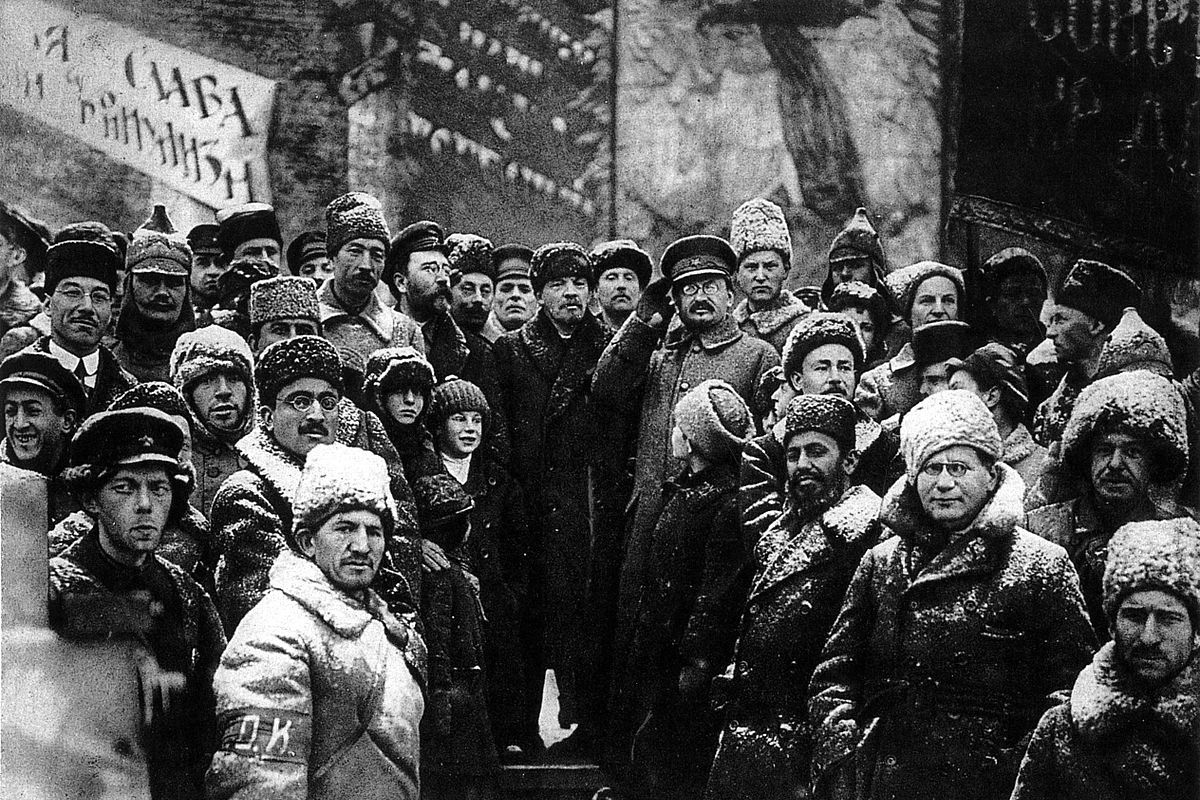
The second congress represented the real founding of the RSDLP; a new stage in its development. The old spirit of a ‘small circle mentality’ and parochial amateurishness was being discarded for a more professionally organised party.
It was this that was the basis of the split, promoted by those who had become accustomed to such a state of affairs. It was they who opposed Lenin’s struggle to create a real party, based on party principles.
The split was more an anticipation of future political differences – especially the attitude to the liberal bourgeoisie. But these would only fully emerge on the basis of events.
It would take nearly a decade longer, after repeated attempts by Lenin to unite the party, before the split between Bolsheviks and Mensheviks would be irrevocable and two separate parties created.
“Bolshevism,” explained Lenin, “which had arisen on this granite foundation of theory, went through fifteen years of practical history (1903-17) unequalled anywhere in the world in its wealth of experience.”
It was that experience, under the leadership of Lenin, that prepared the ground for the victory of the October Revolution of 1917. As such, it needs to be studied and its lessons learned.

